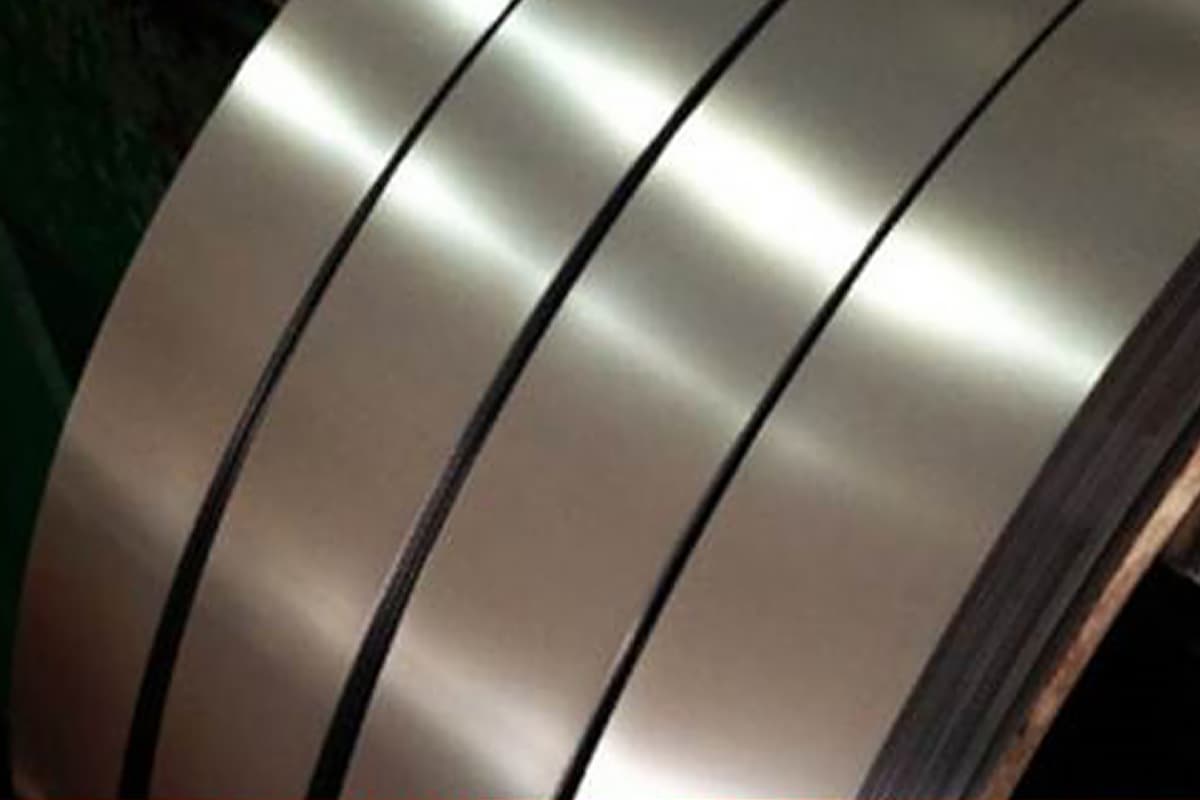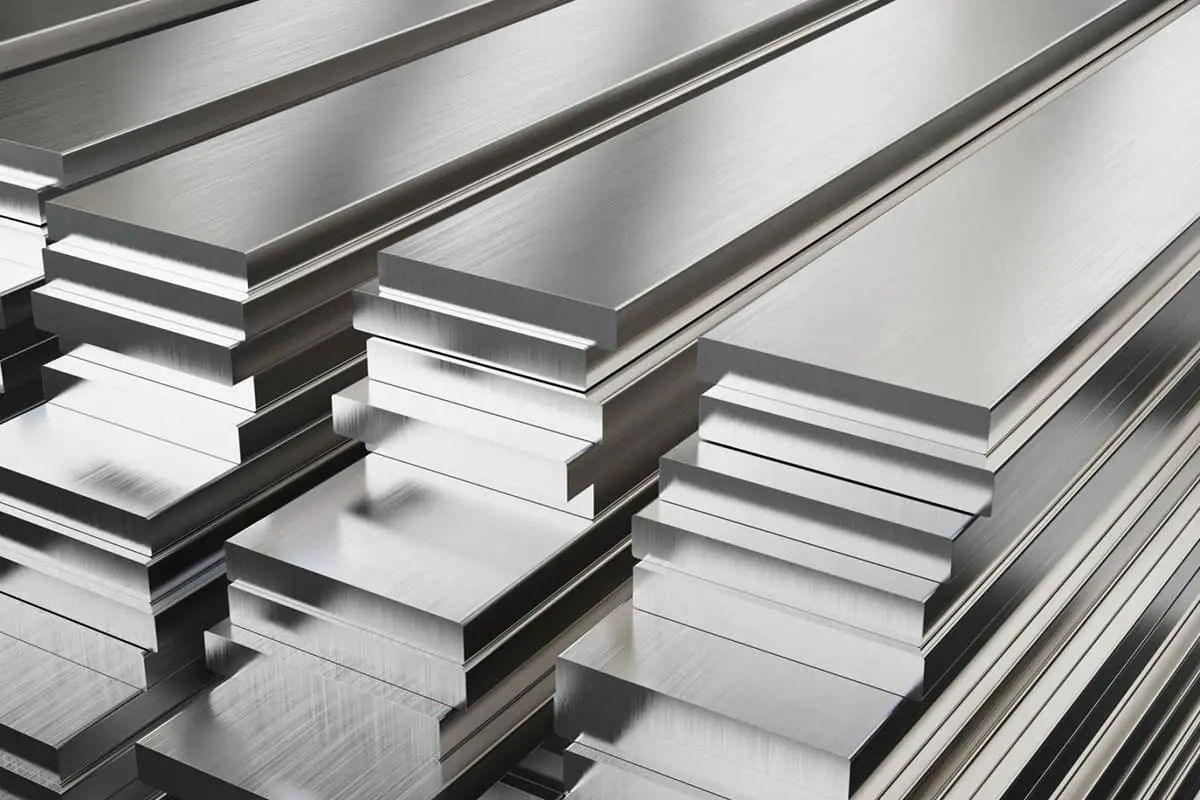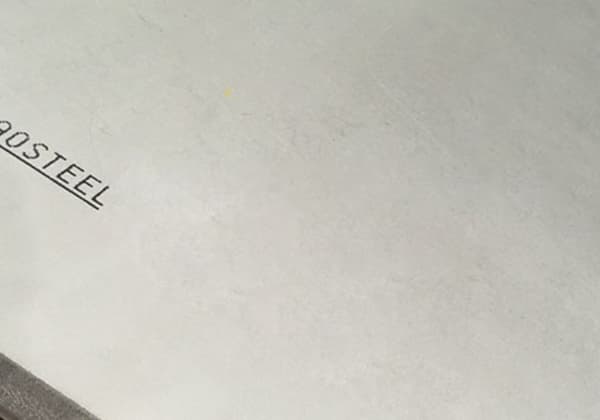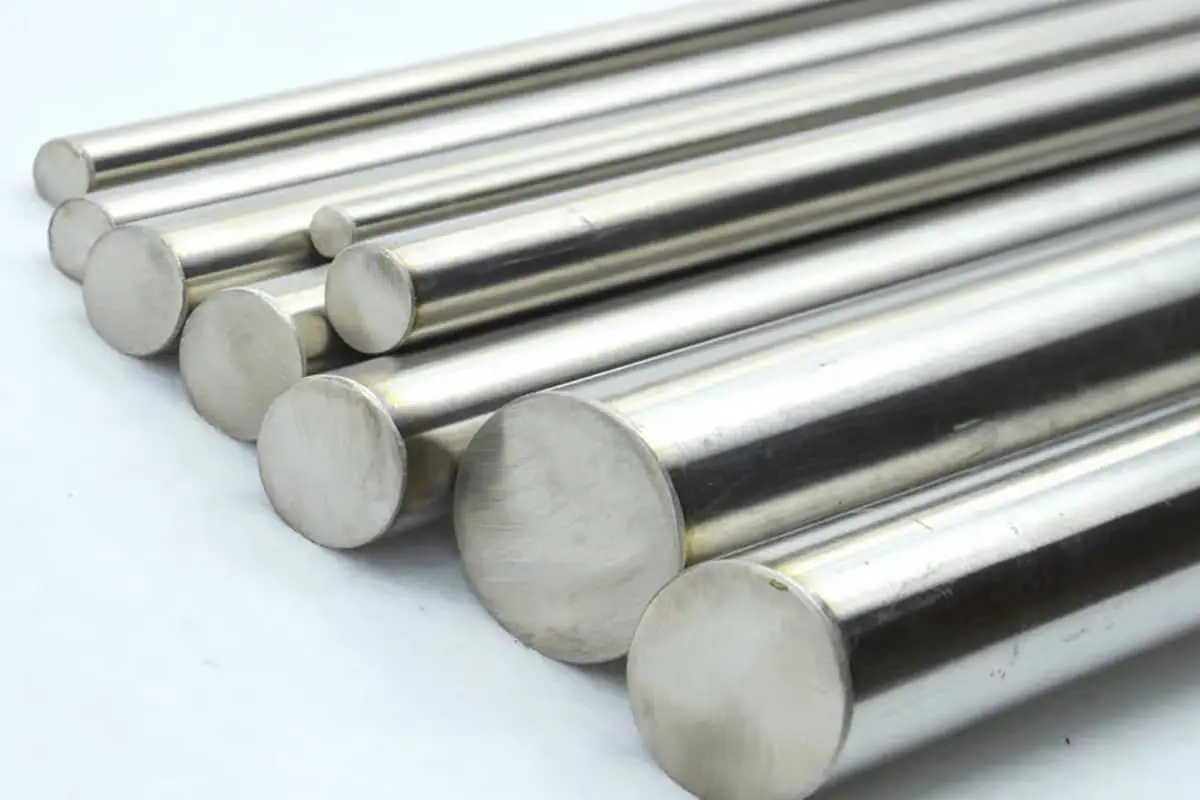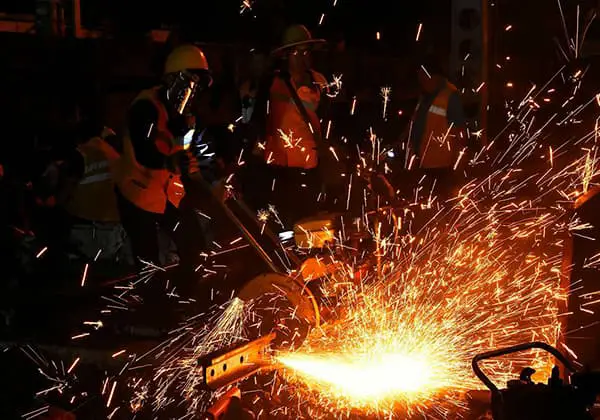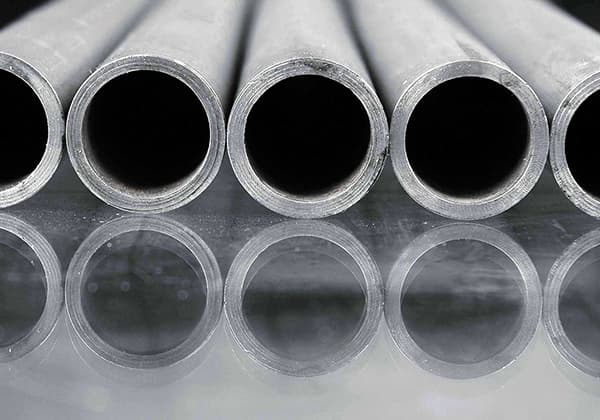
Have you ever wondered why precision is paramount when working with stainless steel plates? Understanding thickness tolerance is crucial for ensuring the integrity and functionality of your projects. This article dives into the specifics of thickness tolerances for stainless steel plates, covering standards from different countries and their implications for manufacturing processes. By the end, you’ll know how to select the right tolerance levels for your needs, ensuring both quality and cost-effectiveness.
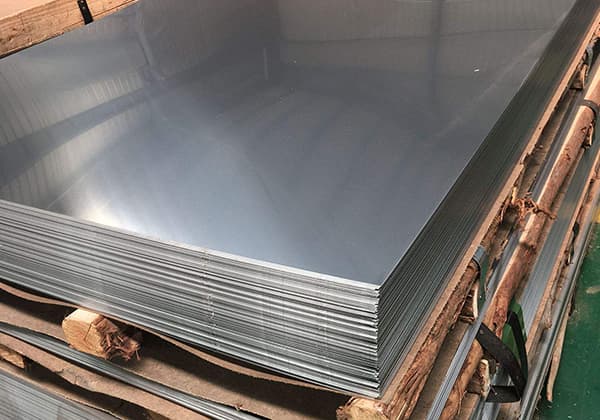
The GB4237-2007 standard, which supersedes GB4237-92, provides updated thickness tolerances for hot rolled stainless steel plates and strips. This standard reflects advancements in manufacturing processes and quality control, ensuring tighter tolerances and improved consistency in the final product. The tolerances are typically expressed as a percentage of the nominal thickness or as a fixed value, depending on the thickness range.
Key features of GB4237-2007 include:
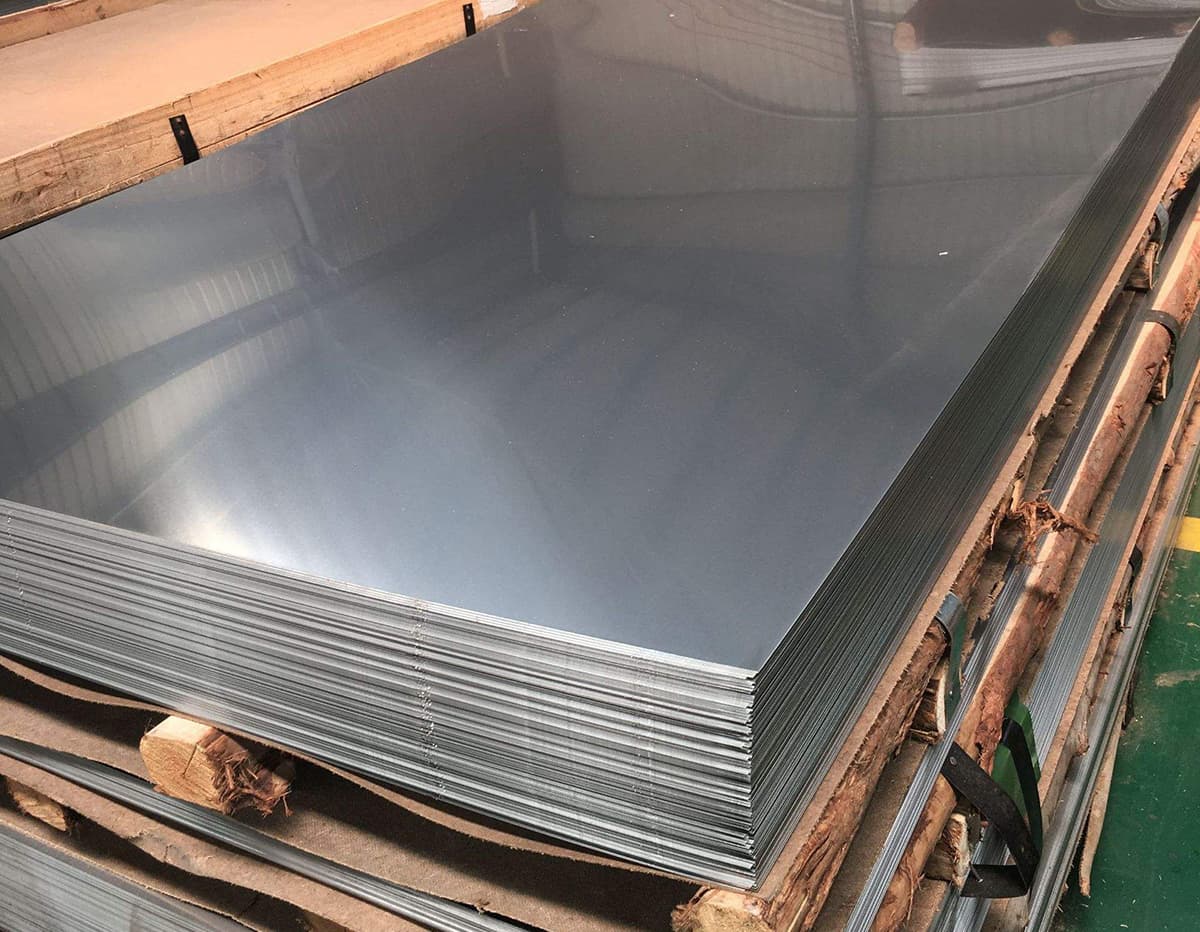
1. Allowed Thickness Deviation for Thick Steel Plate
Unit: Millimeters
| Nominal Thickness | Nominal Width | |||
| >1000~≤1500 | >1500~≤2000 | |||
| Regular Precision | Higher Precision | Regular Precision | Higher Precision | |
| >3.0~≤4.0 | ±0.31 | ±0.28 | ±0.33 | ±0.31 |
| >4.0~≤5.0 | ±0.33 | ±0.30 | ±0.36 | ±0.34 |
| >5.0~≤6.0 | ±0.36 | ±0.33 | ±0.40 | ±0.37 |
| >6.0~≤8.0 | ±0.40 | ±0.36 | ±0.44 | ±0.40 |
| >8.0~≤10.0 | ±0.44 | ±0.40 | ±0.48 | ±0.43 |
| >10.0~≤13.0 | ±0.48 | ±0.44 | ±0.52 | ±0.47 |
| >13.0~≤25.0 | ±0.53 | ±0.48 | ±0.57 | ±0.52 |
| >25.0~≤30.0 | ±0.56 | ±0.51 | ±0.60 | ±0.55 |
| >30.0~≤34.0 | ±0.60 | ±0.55 | ±0.65 | ±0.60 |
| >34.0~≤40.0 | ±0.70 | ±0.65 | ±0.70 | ±0.65 |
| >40.0~≤50.0 | ±0.80 | ±0.75 | ±0.85 | ±0.80 |
| >50.0~≤60.0 | ±0.95 | ±0.90 | ±1.00 | ±0.95 |
| >60.0~≤80.0 | ±0.95 | ±0.90 | ±1.3 | ±1.25 |
| >80.0~≤100.0 | ±1.0 | ±0.95 | ±1.5 | ±1.45 |
| >100.0~≤150.0 | ±1.10 | ±1.05 | ±1.7 | ±1.65 |
| >150.0~≤200.0 | ±1.2 | ±1.15 | ±2.0 | ±1.95 |
2. Allowed Thickness Deviation for Cut-to-length Plate and Steel Strip
| Nominal Thickness | Nominal Width | |||||
| ≤1200 | >1200~≤1500 | >1500~≤1800 | ||||
| Regular Precision | Higher Precision | Regular Precision | Higher Precision | Regular Precision | Higher Precision | |
| >2.0~≤2.5 | ±0.22 | ±0.20 | ±0.25 | ±0.23 | ±0.29 | ±0.27 |
| >2.5~≤3.0 | ±0.25 | ±0.23 | ±0.28 | ±0.26 | ±0.31 | ±0.28 |
| >3.0~≤4.0 | ±0.28 | ±0.26 | ±0.31 | ±0.28 | ±0.33 | ±0.31 |
| >4.0~≤5.0 | ±0.31 | ±0.28 | ±0.33 | ±0.30 | ±0.36 | ±0.33 |
| >5.0~≤6.0 | ±0.33 | ±0.31 | ±0.36 | ±0.33 | ±0.38 | ±0.35 |
| >6.0~≤8.0 | ±0.38 | ±0.35 | ±0.39 | ±0.36 | ±0.40 | ±0.37 |
| >8.0~≤10.0 | ±0.42 | ±0.39 | ±0.43 | ±0.40 | ±0.45 | ±0.41 |
| >10.~≤13.0 | ±0.45 | ±0.42 | ±0.47 | ±0.44 | ±0.49 | ±0.45 |
While superseded by GB4237-2007, the GB4237-92 standard remains relevant for understanding historical practices and for facilities that have not yet transitioned to the newer standard. This version provided the foundation for thickness tolerances in hot rolled stainless steel production in China for many years.
Notable aspects of GB4237-92:
1. Allowed Tolerance for Thick Steel Plate
| Nominal Thickness | Negative Deviation | Allowed Thickness Deviation for the Following Widths | ||||
| >1200~1500 | >1500~1700 | >1700~1800 | >1800~2000 | >2000~2300 | ||
| >13~25 | 0.8 | 0.2 | 0.3 | 0.4 | 0.6 | 0.8 |
| >25~30 | 0.9 | 0.2 | 0.3 | 0.4 | 0.6 | 0.8 |
| >30~34 | 1 | 0.3 | 0.3 | 0.4 | 0.6 | 0.8 |
| >34~40 | 1.1 | 0.4 | 0.5 | 0.6 | 0.7 | 0.9 |
| >40~50 | 1.2 | 0.5 | 0.6 | 0.7 | 0.8 | 1 |
| >50~60 | 1.3 | 0.7 | 0.8 | 0.8 | 1 | 1.1 |
| >60~80 | 1.8 | – | 1 | 1 | 1 | 1 |
| >80~100 | 2 | – | 1.2 | 1.2 | 1.2 | 1.2 |
| >100~150 | 2.2 | – | 1.3 | 1.3 | 1.3 | 1.4 |
| >150~200 | 2.6 | – | 1.5 | 1.5 | 1.5 | 1.6 |
2. Allowed Deviation for Steel Plate and Steel Strip
| Nominal Thickness | Allowed Thickness Deviation for the Following Widths | |||||
| (Steel Plate and Steel Strip) | 600~750 | >750~1000 | >1000~1500 | |||
| Higher Precision | Regular Precision | Higher Precision | Regular Precision | Higher Precision | Regular Precision | |
| >0.35~0.50 | ±0.05 | ±0.07 | ±0.05 | ±0.07 | — | — |
| >0.50~0.60 | ±0.06 | ±0.08 | ±0.06 | ±0.08 | — | — |
| >0.60~0.75 | ±0.07 | ±0.09 | ±0.07 | ±0.09 | — | — |
| >0.75~0.90 | ±0.08 | ±0.10 | ±0.08 | ±0.10 | — | — |
| >0.90~1.10 | ±0.09 | ±0.11 | ±0.09 | ±0.12 | — | — |
| >1.10~1.20 | ±0.10 | ±0.12 | ±0.11 | ±0.13 | ±0.11 | ±0.15 |
| >1.20~1.30 | ±0.11 | ±0.13 | ±0.12 | ±0.14 | ±0.12 | ±0.15 |
| >1.30~1.40 | ±0.11 | ±0.14 | ±0.12 | ±0.15 | ±0.12 | ±0.18 |
| >1.40~1.60 | ±0.12 | ±0.15 | ±0.13 | ±0.15 | ±0.13 | ±0.18 |
| >1.60~1.80 | ±0.13 | ±0.15 | ±0.14 | ±0.17 | ±0.14 | ±0.18 |
| >1.80~2.00 | ±0.14 | ±0.16 | ±0.15 | ±0.17 | ±0.16 | ±0.18 |
| >2.00~2.20 | ±0.15 | ±0.17 | ±0.16 | ±0.18 | ±0.17 | ±0.19 |
| >2.20~2.50 | ±0.16 | ±0.18 | ±0.17 | ±0.19 | ±0.185 | ±0.20 |
| >2.50~3.00 | ±0.17 | ±0.19 | ±0.18 | ±0.20 | ±0.19 | ±0.21 |
| >3.00~3.50 | ±0.18 | ±0.20 | ±0.19 | ±0.21 | ±0.20 | ±0.22 |
| >3.50~4.00 | ±0.21 | ±0.23 | ±0.22 | ±0.26 | ±0.24 | ±0.28 |
| >4.00~5.50 | -0.333333333 | -0.5 | -0.5 | -3 | -0.25 | -0.6 |
| >5.00~7.5 | -0.25 | -0.4 | -0.2 | -0.333333333 | -0.2 | -0.416666667 |
| >7.50~10.0 | -0.142857143 | -0.25 | -0.142857143 | -0.25 | -0.285714286 | -0.375 |
| >10.0~13.0 | -0.142857143 | -0.25 | -0.142857143 | -0.25 | -0.285714286 | -0.375 |
GB3280-2007 addresses thickness tolerances for cold rolled stainless steel plates and strips. Cold rolling typically allows for tighter tolerances compared to hot rolling due to the nature of the process and better dimensional control.
Key points of GB3280-2007:
Allowed Thickness Deviation for Steel Plate and Steel Strip:
| Nominal Thickness | Nominal Width | ||
| ≤1000 | ≥1000~1≤300 | ≥1300~≤2100 | |
| ≥0.3-0.5 | ±0.04 | ±0.45 | — |
| ≥0.5-0.6 | ±0.045 | ±0.05 | — |
| ≥0.6-0.8 | ±0.05 | ±0.055 | — |
| ≥0.8-1.00 | ±0.040 | ±0.045 | |
| ≥1.00-1.20 | ±0.055 | ±0.06 | ±0.065 |
| ≥1.20-1.50 | ±0.07 | ±0.08 | ±0.09 |
| ≥1.50-2.00 | ±0.08 | ±0.09 | ±0.10 |
| ≥2.00-2.50 | ±0.09 | ±0.10 | ±0.11 |
| ≥25.0-3.00 | ±0.11 | ±0.12 | ±0.12 |
| ≥3.00-4.00 | ±0.13 | ±0.14 | ±0.14 |
| ≥4.00-5.00 | ±0.14 | ±0.15 | ±0.15 |
| ≥5.00-6.50 | ±0.15 | ±0.16 | ±0.16 |
| ≥6.50-8.00 | ±0.16 | ±0.17 | ±0.17 |
It’s important to note that if the steel being purchased still adheres to GB3280-92, it may not meet the most current industry standards. GB3280-92 is an older version of the cold rolled stainless steel standard, which has been updated in GB3280-2007.
Considerations when using GB3280-92:
GB3280-1992 Cold Rolled Stainless Steel Plate and Steel Strip
| Nominal Thickness | Nominal Width | |||
| A-Level Precision | B-Level Precision | |||
| ≤1500 | >1500~≤2000 | ≤1500 | >1500~≤2000 | |
| >0.2~0.5 | ±0.04 | — | ±0.05 | — |
| >0.5~0.65 | ±0.05 | — | ±0.06 | — |
| >0.65~0.90 | ±0.06 | — | ±0.07 | — |
| >0.90~1.10 | ±0.07 | ±0.09 | ±0.09 | ±0.11 |
| >1.10~1.20 | ±0.09 | ±0.10 | ±0.10 | ±0.12 |
| >1.20~1.40 | ±0.10 | ±0.12 | ±0.11 | ±0.14 |
| >1.40~1.50 | ±0.11 | ±0.13 | ±0.12 | ±0.15 |
| >1.50~1.80 | ±0.12 | ±0.14 | ±0.14 | ±0.16 |
| >1.80~2.00 | ±0.13 | ±0.15 | ±0.15 | ±0.17 |
| >2.00~2.50 | ±0.14 | ±0.17 | ±0.16 | ±0.18 |
| >2.50~3.00 | ±0.16 | ±0.19 | ±0.18 | ±0.20 |
| >3.00~3.50 | ±0.18 | ±0.20 | ±0.20 | ±0.21 |
| >3.50~4.00 | ±0.19 | ±0.21 | ±0.22 | ±0.24 |
| >4.00~5.00 | ±0.20 | ±0.22 | ±0.23 | ±0.25 |
The Japanese Industrial Standard (JIS) G4304-2005 specifies thickness tolerances for hot rolled stainless steel. This standard is widely respected in the global market due to Japan’s reputation for high-quality steel production.
Notable features of JIS G4304-2005:
Unit: Millimeters
| Nominal Thickness | Steel Plate Width | |||
| 1000~1250 | 1250~1600 | 1600~2000 | 2000~2500 | |
| 2~2.5 | ±0.25 | ±0.30 | — | — |
| 2.5~3.15 | ±0.30 | ±0.35 | ±0.40 | — |
| 3.15~4.0 | ±0.35 | ±0.40 | ±0.45 | — |
| 4.0~5.0 | ±0.40 | ±0.45 | ±0.50 | ±0.60 |
| 5.0~6.0 | ±0.50 | ±0.55 | ±0.60 | ±0.70 |
| 6.0~8.0 | ±0.60 | ±0.65 | ±0.65 | ±0.75 |
| 8.0~10.0 | ±0.65 | ±0.65 | ±0.65 | ±0.80 |
| 10.0~16.0 | ±0.70 | ±0.70 | ±0.70 | ±0.85 |
| 16.0~25.0 | ±0.80 | ±0.80 | ±0.80 | ±0.95 |
| 25.0~40.0 | ±0.90 | ±0.90 | ±0.90 | ±1.10 |
| 40.0~63.0 | ±1.0 | ±1.0 | ±1.20 | ±1.20 |
| 63.0~100 | ±1.10 | ±1.20 | ±1.30 | ±1.30 |
| 100~160 | ±1.30 | ±1.30 | ±1.40 | ±1.40 |
| 160~200 | ±1.60 | ±1.60 | ±1.70 | ±1.70 |
JIS G4305-2005 provides thickness tolerance specifications for cold rolled stainless steel. As with other cold rolled standards, it typically offers tighter tolerances than its hot rolled counterpart.
Key aspects of JIS G4305-2005:
Unit: Millimeters
| Nominal Thickness | Steel Plate Width | |
| ~1250 | 1250~1600 | |
| 0.16~0.25 | ±0.03 | — |
| 0.25~0.30 | ±0.04 | — |
| 0.30~0.60 | ±0.05 | ±0.08 |
| 0.60~0.80 | ±0.07 | ±0.09 |
| 0.80~1.00 | ±0.09 | ±0.10 |
| 1.00~1.25 | ±0.10 | ±0.12 |
| 1.25~1.60 | ±0.12 | ±0.15 |
| 1.60~2.00 | ±0.15 | ±0.17 |
| 2.00~2.50 | ±0.17 | ±0.20 |
| 2.50~3.15 | ±0.22 | ±0.25 |
| 3.15~4.00 | ±025 | ±0.30 |
| 4.00~5.00 | ±0.35 | ±0.40 |
| 5.00~6.00 | ±0.40 | ±0.45 |
| 6.00~8.00 | ±0.50 | ±0.50 |
| 8.00~10.00 | ±0.60 | ±0.60 |
| 10.0~16.00 | ±0.70 | ±0.70 |
| 16.0~25.0 | ±0.80 | ±0.80 |
ASTM A240/A240M (material specification) and ASTM A480/A480M (general requirements) together define the thickness tolerances for stainless steel plates in the United States. These standards are widely used internationally and often referenced in global trade.
Important points about ASTM A240/A480:
1. Allowed Thickness Deviation for ASTM A480 Hot Rolled Wide Coil and Cut-to-Length Plate
| Thickness A,in.[mm] | Allowed Deviation, for Specified Width(w),±,in.[mm] | |
| w≤60[1525] | w>60[1525] | |
| 0.072[1.83] | 0.006[0.15] | 0.009[0.22] |
| >0.072[1.83]-0.083[2.11] | 0.007[0.18] | 0.010[0.25] |
| >0.083[2.11]-0.098[2.49] | 0.008[0.20] | 0.011[0.27] |
| >0.098[2.49]-0.114[2.90] | 0.009[0.23] | 0.012[0.30] |
| >0.114[2.90]-0.130[3.30] | 0.011[0.27] | 0.013[0.33] |
| >0.130[3.30]-0.145[3.68] | 0.012[0.30] | 0.013[0.33] |
| >0.145[3.68]-0.1875[4.76] | 0.013[0.33] | 0.014[0.35] |
| >0.1875[4.76]-0.250[6.35] | -0.010[0.25],+0.020[0.50] | -0.010[0.25],+0.020[0.50] |
| >0.250[6.35]-0.3125[7.94] | -0.010[0.25],+0.022[0.55] | -0.010[0.25],+0.022[0.55] |
| >0.3125[7.94] | -0.010[0.25],+0.030[0.75] | -0.010[0.25],+0.030[0.75] |
| The thickness of A thin plate is measured no less than 3/8 inch [9.52 mm] from the edge. | ||
2. Allowed Thickness Deviation for ASTM A480 Cold Rolled Wide Coil and Cut-to-Length Plate
| Thickness A、B,in.[mm] | Allowed Deviation, for Specified Width(w),±,in.[mm] | ||
| W≤40[1000] | 40[1000]<w≤50[1300] | 50[1300]<w≤84[2100] | |
| 0.012[0.30] | 0.001[0.030] | – | – |
| 0.016[0.40] | 0.0015[0.04] | 0.0015[0.04] | – |
| 0.020[0.50] | 0.0015[0.04] | 0.0015[0.04] | – |
| 0.024[0.60] | 0.002[0.05] | 0.002[0.05] | – |
| 0.032[0.80] | 0.002[0.05] | 0.002[0.05] | – |
| 0.040[1.00] | 0.0025[0.06] | 0.0025[0.06] | 0.003[0.08] |
| 0.047[1.20] | 0.003[0.08] | 0.003[0.08] | 0.003[0.08] |
| 0.059[1.50] | 0.003[0.08] | 0.003[0.08] | 0.004[0.10] |
| 0.079[2.00] | 0.004[0.10] | 0.004[0.10] | 0.0045[0.11] |
| 0.098[2.50] | 0.004[0.10] | 0.004[0.10] | 0.005[0.13] |
| 0.118[3.00] | 0.005[0.13] | 0.005[0.13] | 0.006[0.15] |
| 0.157[4.00] | 0.007[0.17] | 0.007[0.17] | 0.007[0.17] |
| 0.197[5.00] | 0.007[0.17] | 0.007[0.17] | 0.0075[0.19] |
| 0.236[6.00] | 0.007[0.17] | 0.008[0.20] | 0.009[0.23] |
| 0.3125[8.00] | 0.007[0.17] | 0.009[0.23] | 0.010[0.25] |
| The thickness of A thin plate is measured at a point no less than 3/8 inch [9.52 mm] from the edge. | |||
| B When outside the specified thickness, the deviation of the next thicker size is used. | |||
3. Allowed Thickness Deviation for ASTM A480 Hot Rolled Medium Plate A, B
| Thickness (t),in.[mm] | Width (w),in.[mm] | |||
| w≤84[2134] | 84[2134]<w≤120[3048] | 120[3048]<w≤144[3658] | w>144[3658] | |
| Positive Thickness Deviation C,in.[mm] | ||||
| t<3/16[4.76] | 0.055[1.35] | 0.070[1.78] | – | – |
| 3/16[4.76]≤t<3/8[9.52] | 0.045[1.14] | 0.050[1.27] | 0.085[2.16] | – |
| 3/8[9.52]≤t<3/4[19.05] | 0.055[1.40] | 0.060[1.52] | 0.085[2.16] | 0.090[2.29] |
| 3/4[19.05]≤t<1[25.40] | 0.060[1.52] | 0.065[1.65] | 0.085[2.16] | 0.100[2.54] |
| 1[25.40]≤t<2[50.80] | 0.070[1.78] | 0.075[1.90] | 0.095[2.41] | 0.115[2.92] |
| 2[50.80]≤t<3[76.20] | 0.125[3.20] | 0.150[3.80] | 0.175[4.45] | 0.200[5.08] |
| 3[76.20]≤t<4[101.6] | 0.150[3.81] | 0.160[4.06] | 0.200[5.08] | 0.225[5.72] |
| 4[101.6]≤t<6[152.4] | 0.180[4.57] | 0.200[5.08] | 0.335[8.50] | 0.355[9.02] |
| 6[152.4]≤t<8[203.2] | 0.235[6.00] | 0.255[6.48] | 0.355[9.02] | 0.435[11.0] |
| 8[203.2]≤t<10[254.0] | 0.315[8.00] | 0.335[8.50] | 0.435[11.0] | 0.550[14.0] |
| A Thickness is measured along the longitudinal edge not less than 3/8 in. [9.52 mm], but no greater than 3 in. [76.20 mm] from the edge. | ||||
| B For steel plates with thickness less than or equal to 10 in. [254.0 mm], the negative deviation is 0.010 in. [0.25 mm]. | ||||
| C For round shapes, the thickness tolerance is executed within the table’s width range for its diameter; for irregular steel plates, the positive tolerance is executed within the table’s width range for its maximum width. | ||||
When working with stainless steel plates, it’s crucial to specify the applicable standard and ensure that all parties involved (suppliers, manufacturers, and end-users) are aligned on the tolerance requirements. This alignment helps maintain quality, consistency, and compatibility throughout the supply chain and manufacturing process.


